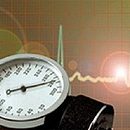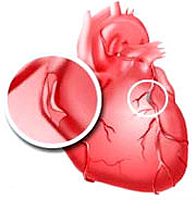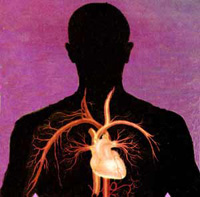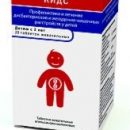WHY ATTAINING CONSTRUCTIVE Pericarditis? What «Pacitary heart»? Answers to these and other questions about the security (squeezing) pericardius you will find in this article.
Content
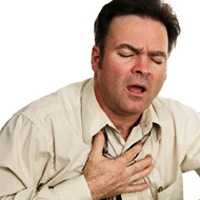 Any changes in the pericardia - a film bag surrounding the heart are classified as pericardia diseases. One of the most common - inflammatory disease, called pericarditis.
Any changes in the pericardia - a film bag surrounding the heart are classified as pericardia diseases. One of the most common - inflammatory disease, called pericarditis.
Conductive or squeezing pericarditis arises usually as the outcome of acute exudative pericarditis, but can sometimes develop and as an independent disease.
When the pericardial pericardia is both a piece of cardiac bag (pericardia) closely sold out. Pericarde thickens, compacted and loses the ability to stretch normally during the reduction of the heart muscle.
Over time, calcium salts are deposited in compacted pericardium and gradually the outer sheath is growing with a heart, even more difficult to work with the heart muscle. Sometimes calcium salts postponed so much that pericardium becomes hard. Such a state called «Pacitary heart».
As a result of these changes, pericardium loses its elasticity and cannot be stretched first into diastole, thus limiting the phase of relaxation of the heart muscle. As a result, it is difficult to filling the heart chambers in the diastolic period. First, large veins are overwhelmed with blood, then stagnation of blood in a large circle circle.
The cause of the occurrence of constrictive pericarditis may be rheumatism, tuberculosis, other infections, heart and chest injuries, blood disease, kidney disease with the accumulation of urea products.
Constrictive pericarditis can be the final stage of the flow of exudative pericarditis. If it develops independently, it usually takes a long time without complaints. The patient appeals to the doctor only when he already has congestive phenomena in a large circulation circle.
Attention to the extension of the veins on the neck is almost in all patients. Complaints on swelling on the lower extremities, the severity in the right hypochondrium, an increase in the volume of belly. Pulse is usually frequent. Blood pressure low. Heart tones are mucified. On the electrocardiogram low ventricular complexes, a variety of rhythm disorders in the late stage.
With a radiographic study, normal or slightly reduced heart dimensions, deposition of calcium salts in pericardia. Heart pulsation with x-ray examination is sharply weakened. On the echocardiogram, a violation of the reduction and relaxation of the heart muscle is detected, the enhanced signal from the pericardic sheets, which indicates their seal. On a computer or magnetic resonance tomogram, the milkard thickening is detected, expansion of hollow veins, strain of ventricles. An important feature for the diagnosis of constrictive pericarditis is an increase in the central venous pressure, which is determined by special research methods.
Medical treatment of constrictive Pericarditis is unpromising. Therefore, when the first signs of heart compression appear (stagnant phenomena in a large circulation circle, complaints of pain in the heart, swelling, an increase in central venous pressure), operational treatment is carried out.
Produce pericardectomy - operational removal of pericardia. Removing part of the cardiac bag is inefficient, so almost all pericardium is removed. Breasts open, separated pericardium from the heart, starting from the left ventricle, and remove almost all pericardial, leaving only the sections where the nerve passes.
The results of the operation are good. Mortality minimum. Almost all patients completely recover.

